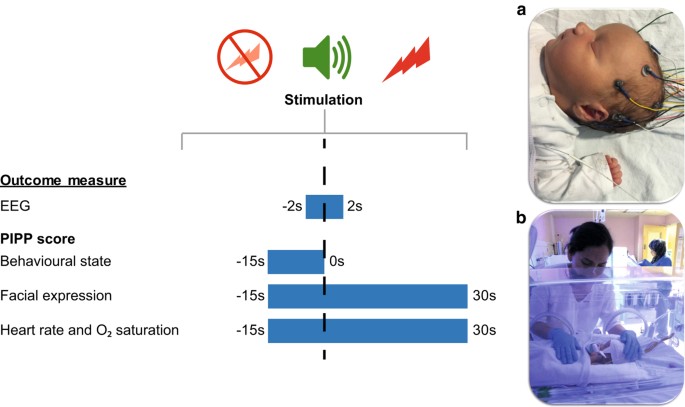
The electrodes are attached by wires to a computer that records the electrical activity inside your brain. The technologist will attach 16 to 25 flat metal discs (electrodes) to different areas of your head, using a sticky paste to hold them in place. An outpatient EEG usually takes up to two hours.ĭuring the test, you’ll be asked to lie on your back on a bed or table or relax in a chair with your eyes closed. The EEG will be performed by an EEG technologist, and the record will be read by a neurologist. Shampoo your hair the night before or the morning of your test and don’t use conditioner or any other hair products
#Eeg free
It’s important that your hair be clean and free of sprays, oils, creams and lotions. Younger patients should be kept up later than normal and woken up a few hours early on the day of their test.ĭuring the EEG, we’ll attach electrodes to your scalp. Adult patients are asked to stay awake for 24 hours prior to their test. We’ll get the most information from your EEG if we are able to take measurements while you sleep. If you’re taking sedatives, tranquilizers, muscle relaxers, sleeping aids or anti-seizure medications, it’s likely your doctor will tell you to stop taking these before your test because they affect your brain’s usual electrical activity and cause abnormal test results.ĭon’t consume foods or drinks that contain caffeine (such as coffee, tea, cola and chocolate) during the eight hours before your test. Try not to consume any foods or drinks that contain caffeine (such as coffee, tea, cola and chocolate) during the eight hours before your test.īefore the day of your EEG, tell your doctor if you’re taking any medication and continue to take your medication unless your doctor tells you differently. Shampoo your hair the night before or the morning of your test, and don’t use conditioner or any other hair products.
#Eeg how to
Learn more about what to expect and how to prepare for your EEG before, during and after the procedure below. An outpatient EEG procedure usually takes up to two hours while an inpatient’s test duration could last up to several days. The EEG will be performed by a trained EEG technologist and reviewed by a neurologist. It’s one of the most useful tools used in diagnosing epilepsy. There are several reasons and conditions on why your doctor might order an EEG. This procedure is very safe and painless and can be done as both an outpatient or as an inpatient status depending on your condition.

An EEG (electroencephalogram) is a recording of your electrical brain activity.ĮEG is an abbreviation for “electroencephalogram” which is a recording of electrical activity that is generated by neurons in the brain.


 0 kommentar(er)
0 kommentar(er)
